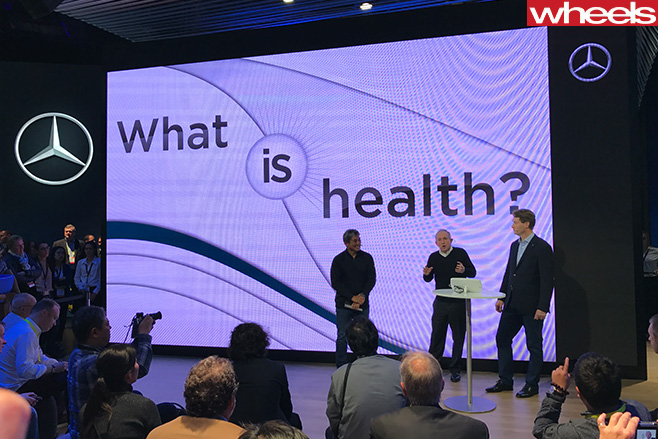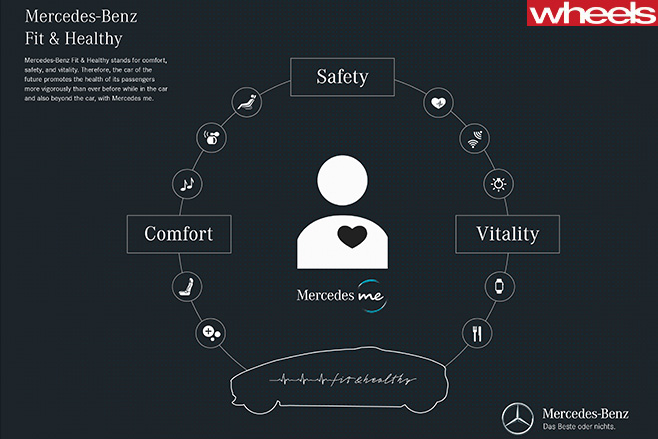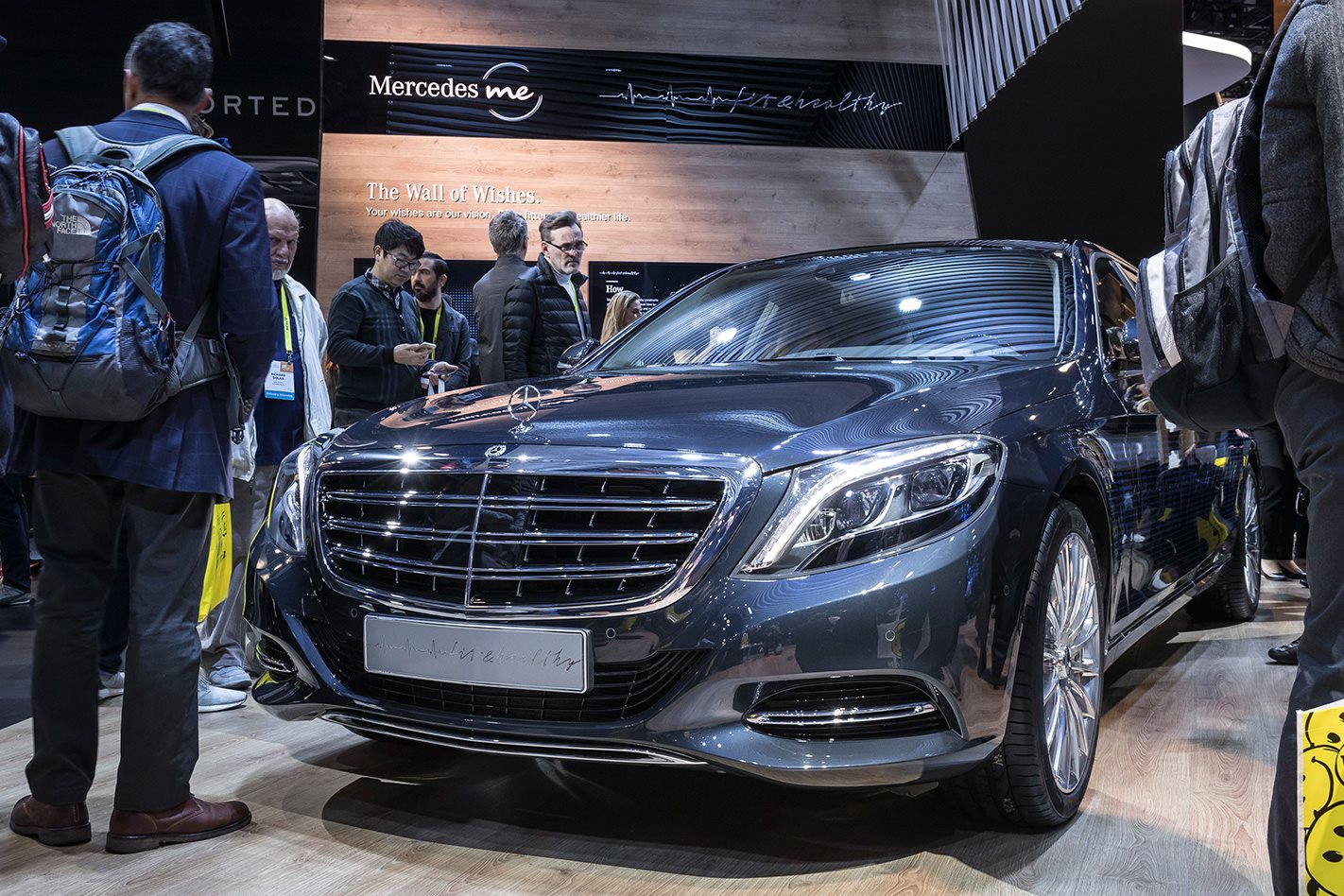Healthier drivers are safer drivers. That’s the message from Mercedes-Benz at the Consumer Electronics Show (CES) in Las Vegas.
A Mercedes-Maybach demonstrator featuring the brand’s ‘Fit & Healthy’ technology was displayed with in-car programs to wake up or relax passengers depending on their mood.
It works using seats that adjust position for better blood flow, bursts of scented air and adjustable ambient lighting, all in the name of reducing accidents.
“One of the core values of Mercedes is obviously safety. Protecting the driver and protecting the passengers. When you step into a Mercedes, you need to feel better when you step out,” said Ola Kallenius, head of research and development at Mercedes-Benz, and former AMG chief.

“Maybe you’re tired in the morning, and you need an espresso shot. You push activation and that program in combination with light, scent, massage in your seat, a burst of fresh air, it wakes you up. It’s a three minute program that really gets you awake.
“To get it medically right we worked with people who know what they’re talking about when it comes to the human body. We put the engineers together with the doctors.”
Every model in the Mercedes-Benz range is expected to receive elements of the Fit & Healthy concept as new generations are rolled out.
“We’re going to go through our whole product line from top to bottom,” said Kallenius.

The first applications of the Fit & Healthy system will arrive in the new S-Class later this year.
For drivers of commercial vehicles, Mercedes has a wearable vest in development that measures heart rate and body vitals, and could potentially prevent heart attacks.
“If you are a bus driver that has 45 or 50 people in your bus, there’s a real case there.”
“Put the human at the centre in terms of safety, we have been working on that for decades. With Attention Assist, everything you do from how you move the steering wheel, to the profile of braking and pressing the gas pedal, it knows if you’re getting tired and prompts you to take a break. That started years ago.”





